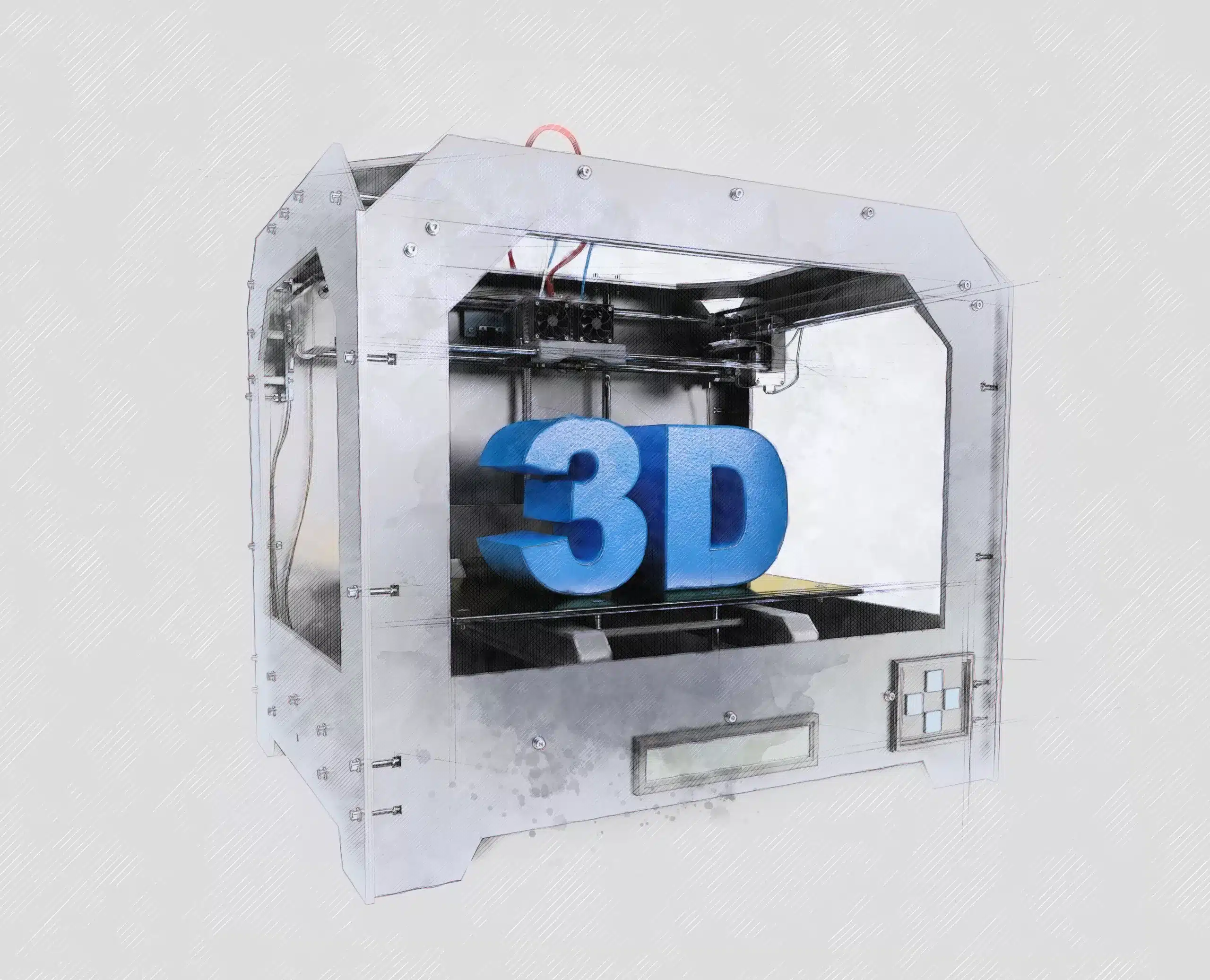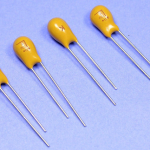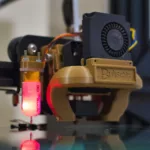
Introduction
Recently, 3D printing technology has made significant advancements in revolutionising the manufacturing industry in multiple ways. One of the most groundbreaking developments within this field is using carbon fiber as a printing material. Carbon fiber 3D printing serves as a game-changer, offering manufacturers a multitude of benefits–from increased strength and durability to reduced production times and waste. This article considers how carbon fiber 3D printing is transforming manufacturing, underlining its key advantages and potential applications.
Understanding Carbon Fiber 3D Printing: An Innovative Technology
Traditional 3D printing involves the layer-by-layer deposition of thermoplastic materials, such as PLA or ABS, to create three-dimensional objects. On the other hand, carbon fiber 3D printing incorporates carbon fiber-reinforced composites into the process–comprising thermoplastics infused with carbon fibers, resulting in a material that offers superior strength and stiffness. This transformative technology is a manufacturing process that leverages the crucial properties of carbon fiber composites, including versatility, lightweight, and strength.
Unleashing the Potential Advantages of Carbon Fiber 3D Printing
It offers unparalleled benefits in various aspects, such as:
- Exceptional Strength-to-Weight Ratio: Carbon fiber-reinforced composites feature a remarkable strength-to-weight ratio–significantly stronger than many traditional materials while remaining lightweight. This attribute is precious in industries demanding weight reduction, such as aerospace and automotive manufacturing.
- Enhanced Durability: Carbon fiber composites exhibit exceptional durability and resistance to wear and tear. Enhanced durability and long-term performance make them ideal for applications requiring long-lasting, high-performance parts, such as racing cars, sports equipment, and medical devices.
- Reduced Material Waste: 3D printing is an additive process compared to the traditional subtractive manufacturing methods that involve the removal of materials from a solid block. Carbon fiber 3D printing further reduces material waste by only depositing material where it’s needed, minimising scrap and optimising resource utilisation.
- Design Flexibility: 3D printing allows complex and intricate designs that would be impossible or highly expensive to produce using conventional methods. Carbon fiber 3D printing takes this advantage to the next level by enabling the creation of geometrically complex parts with exceptional strength.
- Cost-Efficiency: While carbon fiber composites can be more expensive than some traditional materials, their cost-effectiveness comes from reduced waste, simplified production processes, and the ability to create lightweight, durable parts that save on operational costs in the long run.
- Rapid Prototyping: Carbon fiber 3D printing accelerates the prototyping process. Engineers and designers can quickly iterate and test their concepts, leading to faster product development and time-to-market.
Carbon Fiber 3D Printing Transforms Manufacturing: Exploring Its Broad Range Applications
Carbon fiber 3D printing is transforming various sectors within multiple manufacturing industries, such as:
Aerospace Industry
The aerospace industry has been one of the early adopters of carbon fiber 3D printing technology. The ability to design and produce custom, lightweight components has led to improved fuel efficiency and reduced maintenance costs for airlines. Additionally, the exceptional strength and lightweight properties of carbon fiber composites are ideal for aircraft components, such as fuselage structures, wings, and engine parts.
Automotive Industry
In the automotive sector, carbon fiber 3D printing is driving innovation in the production of lightweight yet robust vehicle components. Manufacturers are utilising bespoke technology to create car frames, interior panels, and even custom components for high-performance vehicles. The result is improved fuel economy, better handling, and enhanced safety without sacrificing strength or durability.
Defense and Military
The defense sector utilises it to create lightweight and reliable components for military equipment and vehicles–enhancing mobility and reducing logistical burdens.
Medical Devices
The medical industry benefits from it through the development of patient-specific implants and prosthetics. This innovative technology creates medical devices that are not only strong but also tailored to individual patient needs. For instance, custom orthopaedic implants, dental crowns, and surgical instruments are now being produced with greater precision and comfort for patients.
Sports and Recreation
In the world of sports and recreation, carbon fiber 3D printing is revolutionising equipment manufacturing. From tennis rackets and golf clubs to bicycle frames and snowboards, athletes and enthusiasts can now access lighter, more durable, and higher-performing gear–ultimately enhancing the athlete’s experience.
Construction and Infrastructure
Carbon fiber three-dimensional printing is widely used to create innovative building materials and structures. For instance, researchers and engineers are exploring the use of 3D-printed carbon fiber-reinforced concrete to construct earthquake-resistant buildings and bridges–reducing construction time and costs while improving the overall resilience of infrastructure.
Challenges of Carbon Fiber 3D Printing
While it holds immense promise, it also presents certain challenges that need to be addressed for widespread adoption. Some of these challenges include:
- Material Cost – Carbon fiber composites are still relatively expensive compared to traditional materials. Reducing their cost is crucial for expanding their use in various industries.
- Scalability – The scalability of carbon fiber 3D component printing processes remains a challenge. Scaling up production for large-scale demands in manufacturing operations requires advancements in printing technology and equipment.
- Material Recycling – Recycling carbon fiber-reinforced composites can be challenging due to the strong bonding between the carbon fibers and thermoplastic matrix. Developing efficient recycling methods is essential to reduce environmental impact.
- Quality Assurance – Assuring the quality and consistency of 3D-printed carbon fiber components is vital, especially in industries where safety is paramount. Developing standardised testing and certification processes is crucial.
Final Words and Future Potential
The future of manufacturing lies in the continued development and integration of this technology. As material costs decrease, scalability improves, and recycling methods become more efficient, it is expected to witness even more applications across various industries. With its exceptional strength, durability, and design flexibility, carbon fiber 3D printing is poised to transform manufacturing in ways we have yet to imagine fully, driving innovation and sustainability in the process.





















